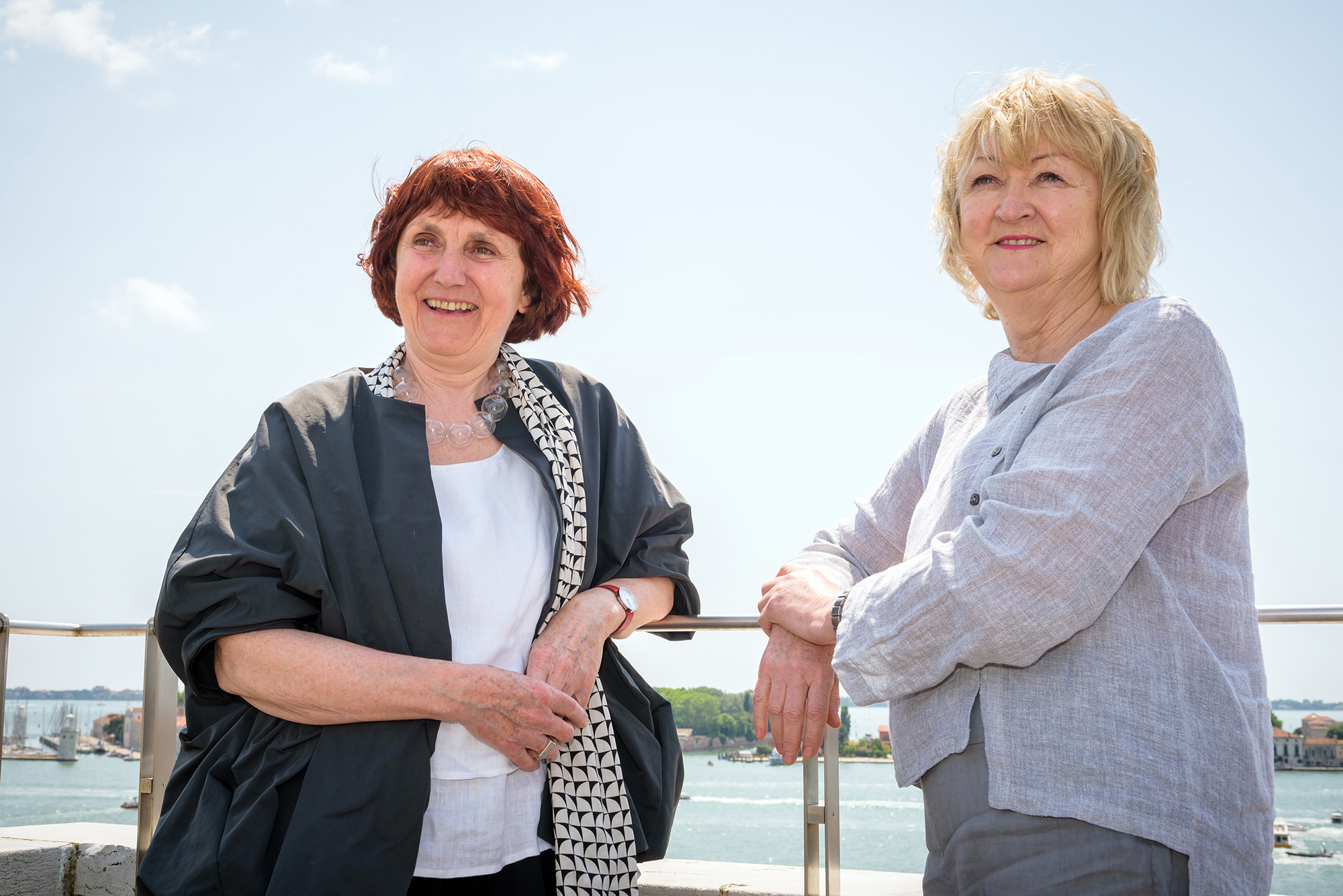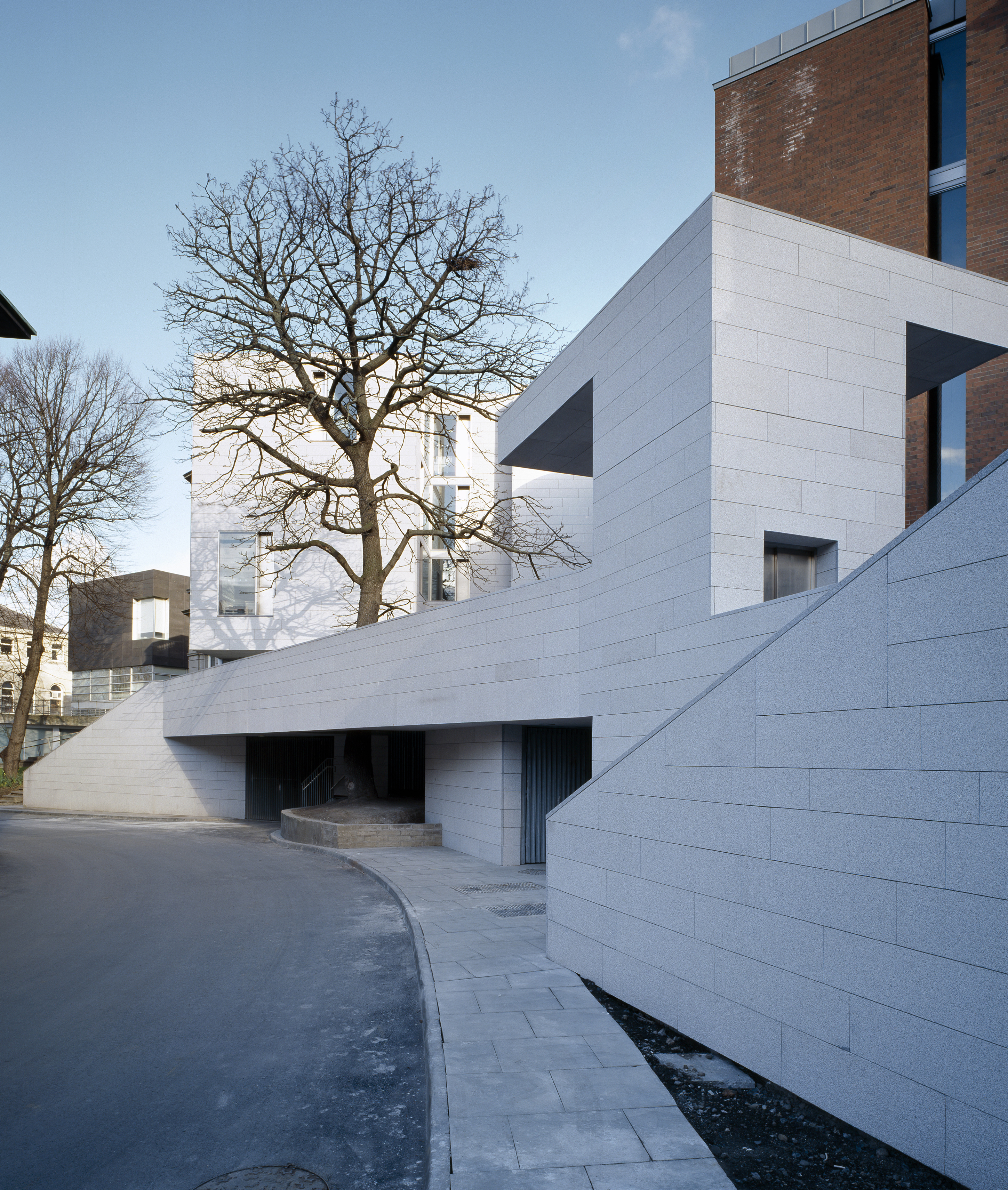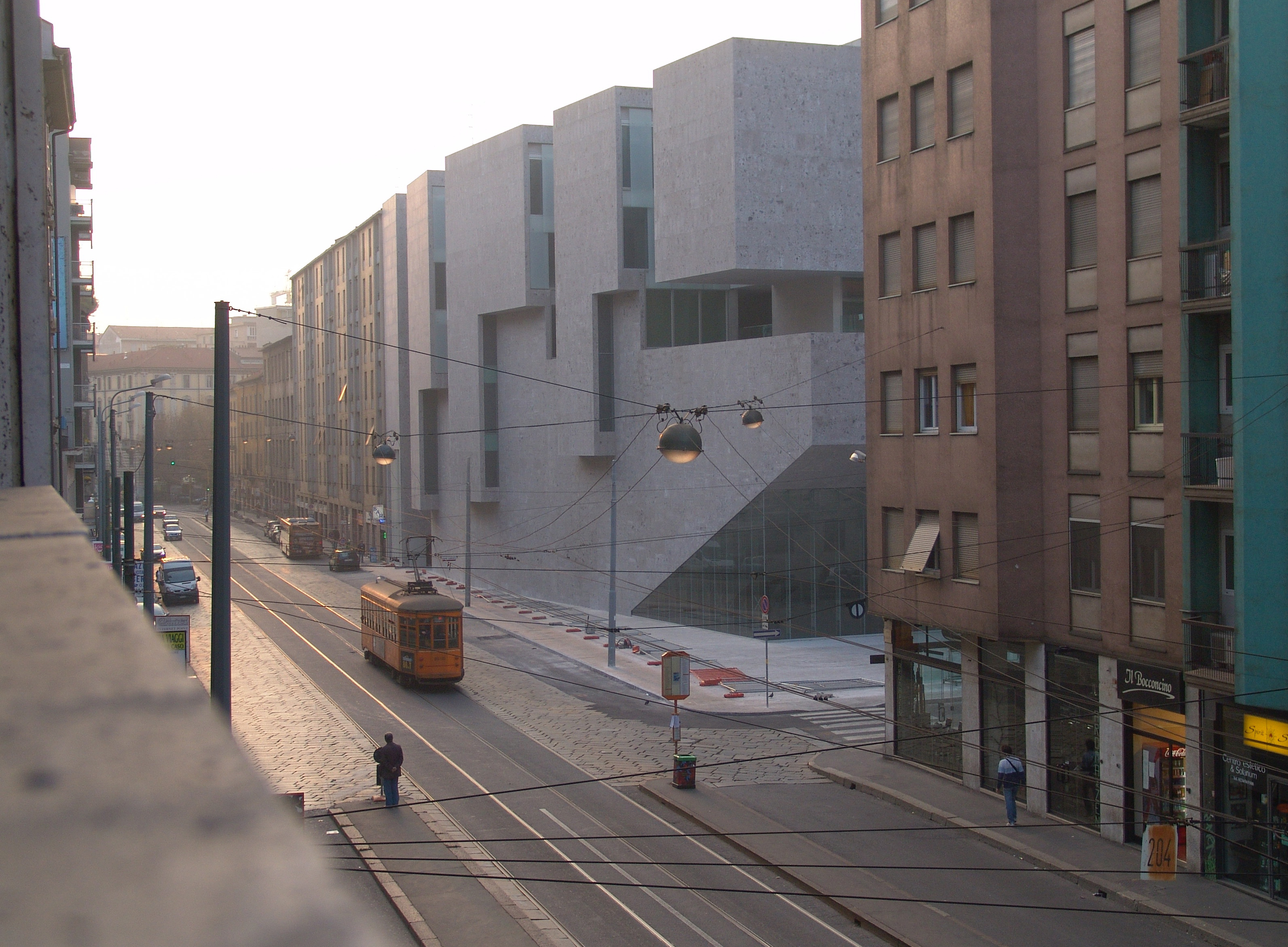
The brilliant, female gaze of Grafton Architects
‘We were born female and have the pleasure and pain of seeing the world through female eyes,’ say the Irish duo
A recent survey undertaken by the Architectural Review found that one in five women worldwide say they would not encourage a woman to start a career in architecture.
That's a pity, as the acclaimed female Irish architectural practice, Grafton Architects, feel female skills are well suited to the demands of the profession.
"We were born female and have the pleasure and pain of seeing the world through female eyes," say its founders Yvonne Farrell and Shelley McNamara in our forthcoming book on the practice. "In the arena of architecture, we are involved in the making of this world. As architects, we are scientists of space, makers who care. Imagining, planning and making creates our contemporary culture with its own unique values. Imagining something before it exists is an incredible human ability, which, in fact, is what makes us human. Imagining is not a gender issue. Personally, I observe the wonderful contextual nature of women weaving lives, understanding the texture of social overlap, the importance of conversation."

The rich internal life is there in the work of another acclaimed Irish female architect, Eileen Gray. In describing the merits of her masterwork, E.1027, built in 1929 at Roquebrune-Cap Martin, France, "Gray explicitly criticizes her contemporary Le Corbusier’s focus on the exterior forms of buildings," writes Robert McCarter in our new book.
"External architecture seems to have absorbed avant-garde architects at the expense of the interior," McCarter quotes Gray as saying, "as if a house should be conceived for the pleasure of the eye more than for the well-being of its inhabitants. If lyricism can be dedicated to the play of masses brought together in daylight, the interior should respond to human needs and the exigencies of individual life, and it should ensure calm and intimacy … It is not only a matter of constructing beautiful arrangements of lines, but above all dwellings for people."
Of course, plenty of male architects make excellent "dwellings for people", and Farrell and McNamara admire Louis Kahn, Carlo Scarpa, and Gray's great rival, Le Corbusier.

However, both Grafton Architects and Gray set themselves apart from their male counterparts by placing great emphasis on people and place.
"The work of Grafton Architects sets new standards for contemporary international practice," McCart writes, "as regards experiential quality, in the way they have engaged fundamental architectural principles in order to transform modern architecture and ground it in place; the way they have engaged gravity and light to connect the craft of building to the culture of place; and the way their buildings are constructed so as to engage all the senses of their inhabitants."

For more on the work and outlook of this acclaimed practice, order a copy of our Grafton Architects book here.